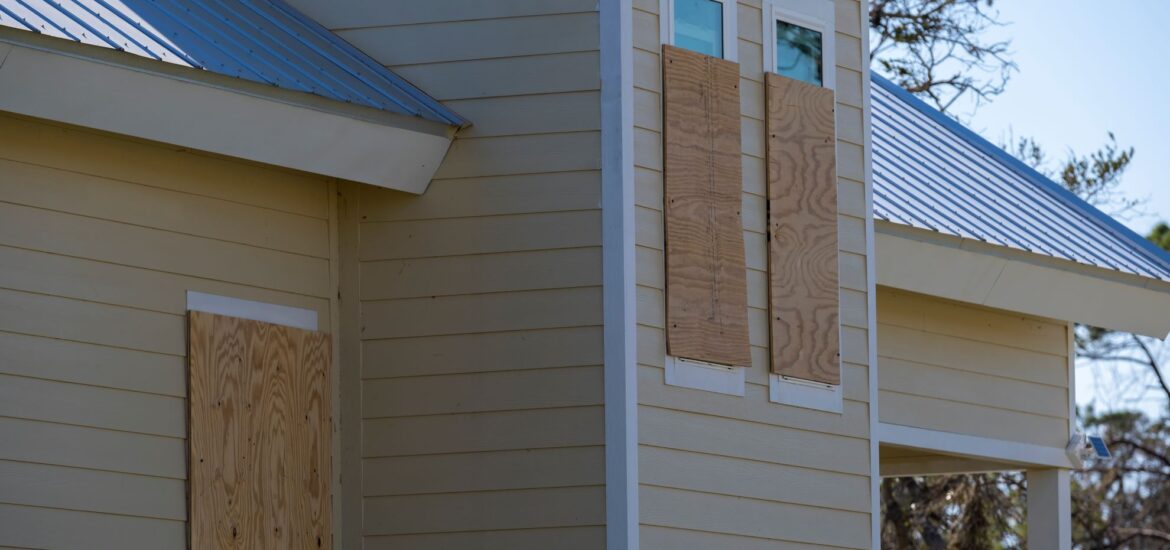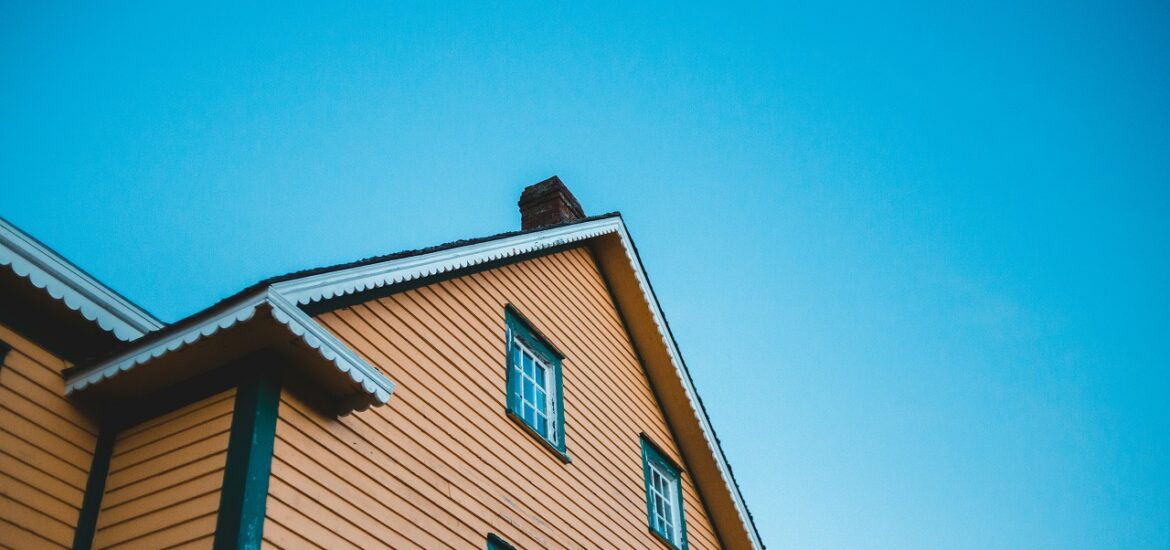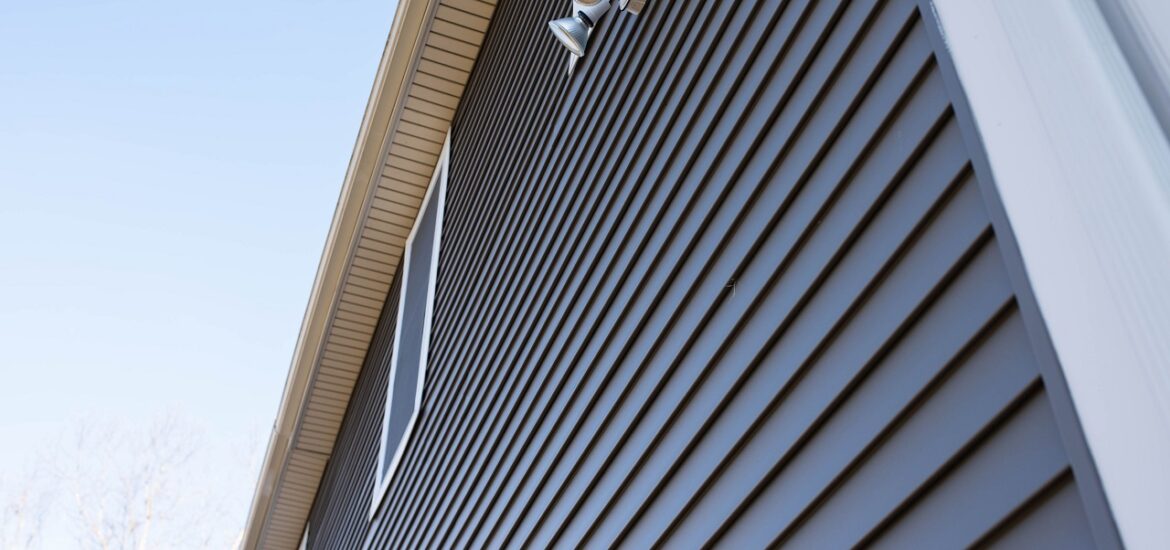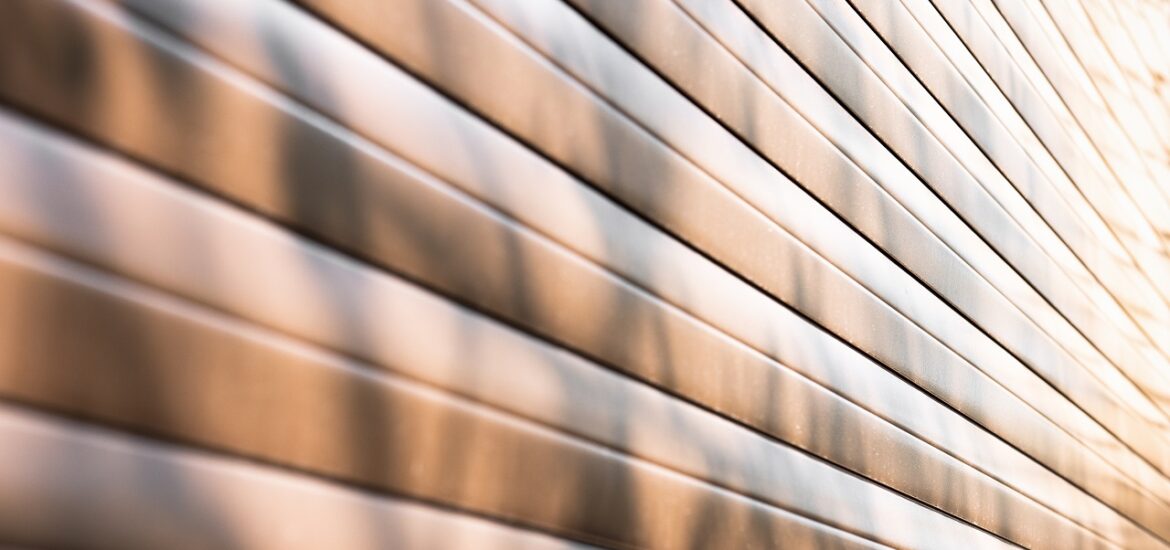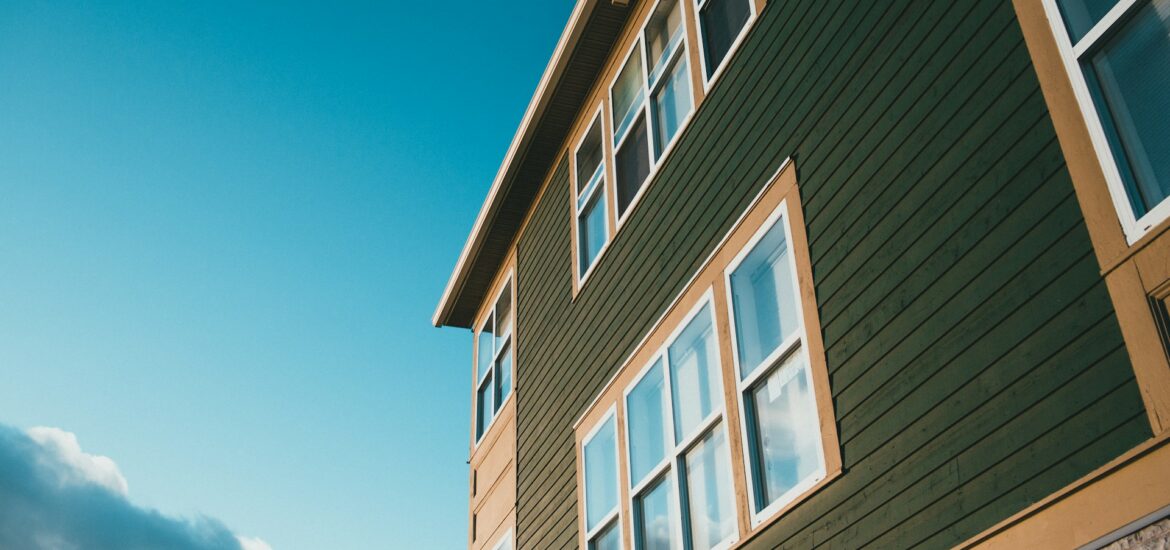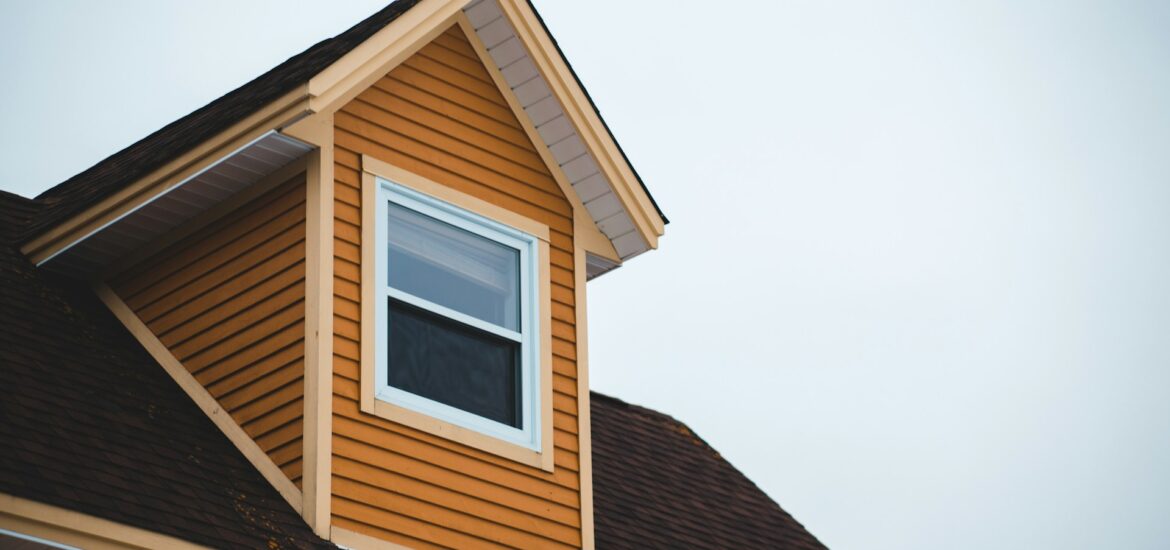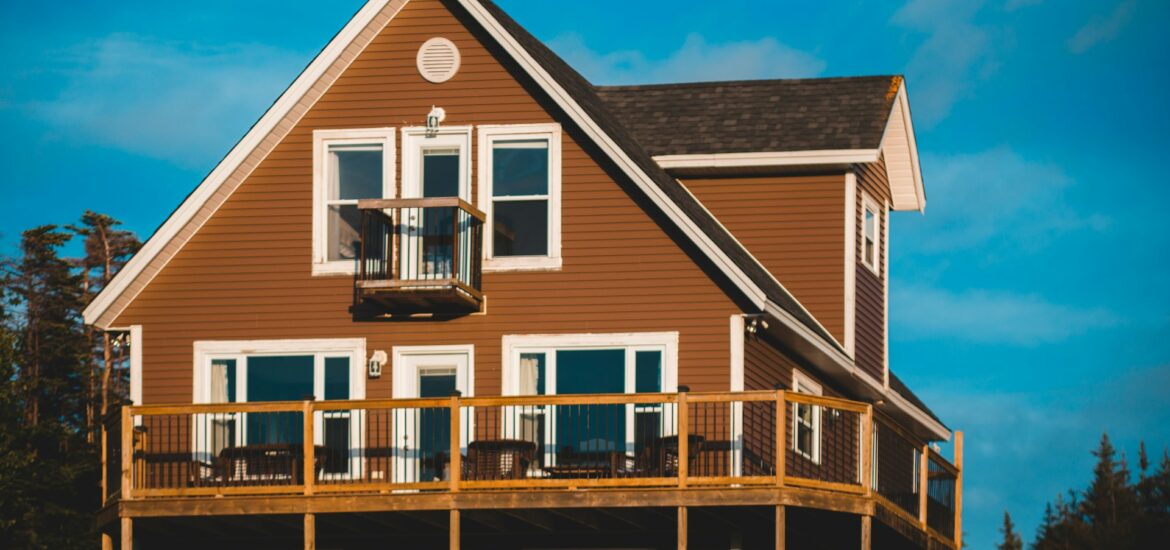As homeowners, we all seek ways to enhance our living spaces, not just for comfort but also for the long-term benefits that come with smart upgrades. One of the most impactful changes we can make is to update the siding and windows of our homes. These modifications are not only about elevating aesthetics; they fundamentally enhance the functional performance of our houses. Upgrading your home’s exterior with new siding and windows can dramatically improve energy efficiency, leading to noticeable reductions in heating and cooling costs.
Furthermore, these updates play a significant role in boosting the overall value of a property. When we invest in high-quality materials and current design trends for our home’s exterior, the market value increases, reflecting these desirable improvements. This not only benefits us if we decide to sell our home but also enhances our living experience by providing a more comfortable and sustainable environment.
This process of upgrading is not something we take lightly. It involves careful consideration of materials that best suit our local climate and aesthetic preferences, as well as understanding how these enhancements contribute to the longevity and energy efficiency of our home. By strategically choosing the right materials and maintenance practices, we ensure that our home not only looks great from the outside but also operates efficiently for years to come.
Enhancing Energy Efficiency with New Siding and Windows
One of the most direct ways to enhance your home’s energy efficiency is by upgrading to new siding and windows. This not only seals your home better but also improves thermal regulation, reducing the strain on your heating and cooling systems. Effective insulation through high-quality siding materials ensures that heat remains inside during the colder months and outside during the warmer months. Similarly, modern windows equipped with energy-efficient features, such as double glazing and low-E coatings, significantly reduce energy loss.
These changes result in a more constant interior temperature, decreasing the need for continuous heating or cooling. Not only does this lead to lower utility bills each month, but it also reduces our carbon footprint, an essential consideration as we all strive for more environmentally-friendly living solutions. By focusing on these upgrades, we not only enhance our comfort but contribute positively to a larger global effort of energy conservation.
Boosting Home Value through Exterior Upgrades
Investing in exterior upgrades such as new siding and windows is a surefire strategy to increase your home’s market value. First impressions count, and the curb appeal of your home can significantly influence a potential buyer’s perception and the overall marketability of your property. New siding can transform the exterior look of your home, making it stand out in the neighborhood. Moreover, modern windows add a touch of sophistication while ensuring the home appears well-maintained and up-to-date.
These upgrades not only attract prospective buyers but can also command a higher price point when it comes time to sell. Statistics suggest that exterior improvements such as new siding and windows offer one of the best returns on investment in home remodeling. Potential buyers recognize the added value of reduced maintenance and energy costs associated with new installations. As a result, making these savvy updates is not only a matter of aesthetic improvement but also a wise financial decision in the long term. This makes these upgrades a double win—enhancing both your home’s aesthetic and its potential resale value.
Top Material Choices for Siding and Windows in 2024
As we continuously seek the best materials for your home’s exterior, 2024 presents us with innovative and efficient options. For siding, vinyl remains a top contender due to its cost-effectiveness and durability. It’s available in a diverse range of colors and textures, mimicking more expensive materials like wood or stone, without the intensive maintenance these materials often require. Fiber cement siding is another excellent choice, known for its resistance to decay, fire, and termites – ideal for protecting your home in various climatic conditions.
When it comes to windows, energy efficiency tops the list of criteria. Dual-pane windows filled with argon gas offer superior insulation, while treated glass with low-emissivity (low-E) coatings helps control heat transfer and UV exposure. Frames constructed from vinyl or fiberglass enhance thermal insulation and provide remarkable durability. These materials not only support your home’s energy conservation goals but also contribute to its overall aesthetic and market value.
Maintenance Tips: Keep Your New Siding and Windows Looking Great
To ensure your new siding and windows continue to look and function as they did the day they were installed, regular maintenance is crucial. For siding, we recommend a gentle cleaning with a soft brush and mild detergent at least twice a year to remove dirt and potential stains. This prevents buildup and maintains the aesthetic quality of your home’s exterior. Checking for cracks or gaps, especially around windows and doors, should be part of your routine to ensure there is no water infiltration that could lead to damage.
For windows, consistent cleanliness can be maintained with simple washing using soapy water. It’s essential to check the seals and weatherstripping periodically to ensure they are intact, preventing drafts and water leaks. If your windows have screens, these should be cleaned or replaced as needed to clear obstructions and maintain good air quality.
Conclusion
Upgrading your home’s siding and windows not only enhances its curb appeal and energy efficiency but also significantly boosts its market value. At Creative Remodeling of Orlando, we understand the importance these elements hold in protecting and beautifying your home. With a wealth of options and strategic maintenance tips, we are here to ensure that your home not only looks fantastic but functions at its best.
Whether you’re contemplating a fresh renovation or looking to upgrade specific features, we’re ready to bring your vision to life. Embark on your next home improvement journey with us—reach out to our home improvement contractors today to explore how we can transform your space into the dream home you deserve.
